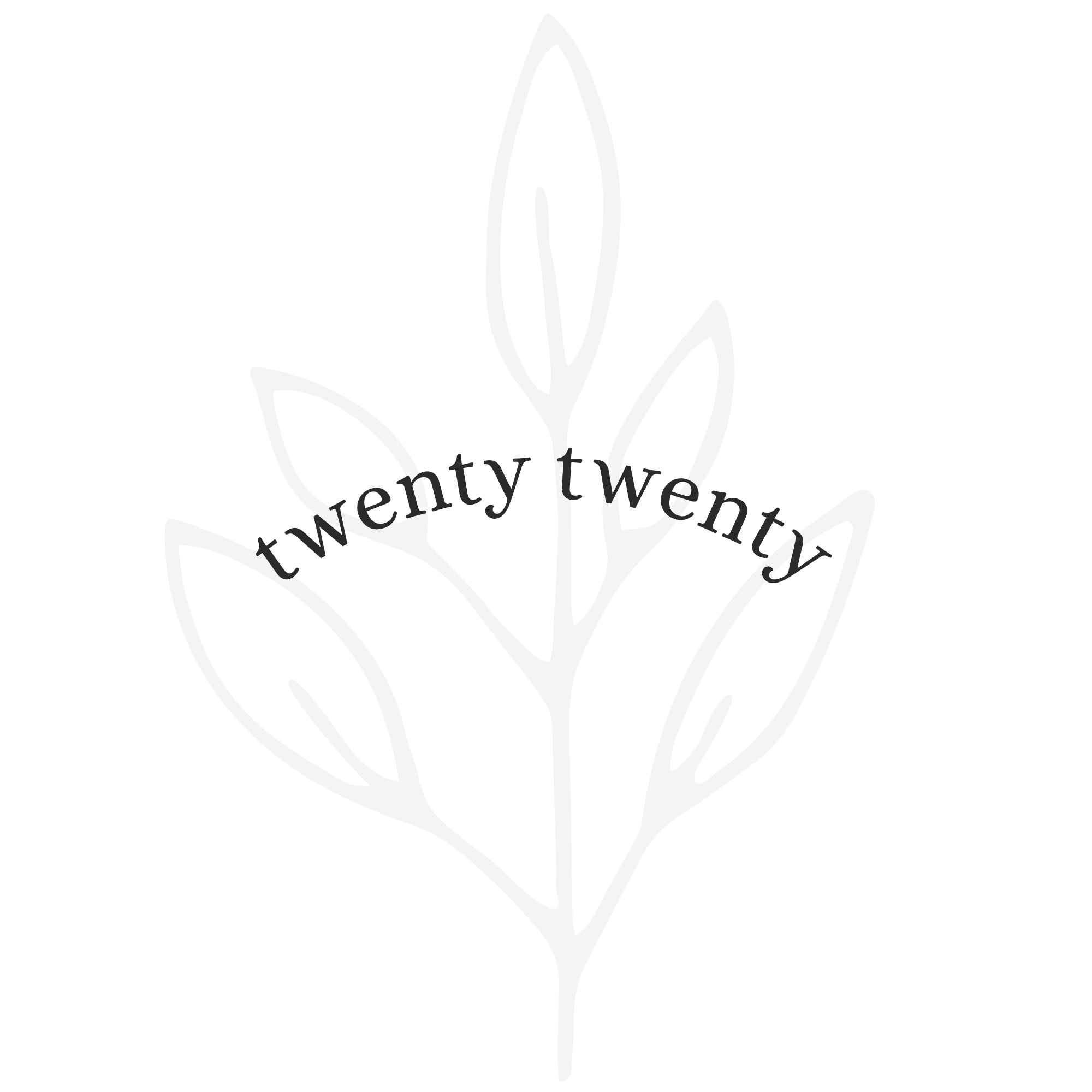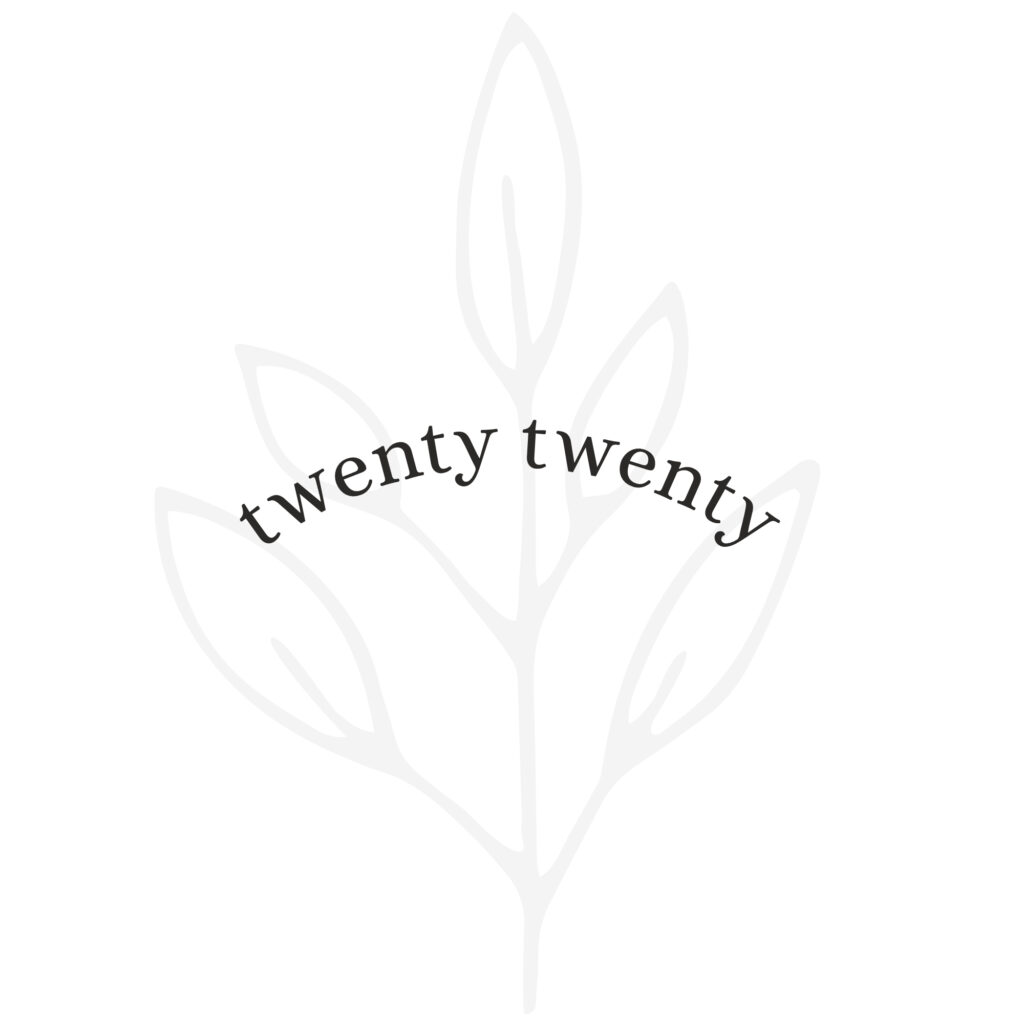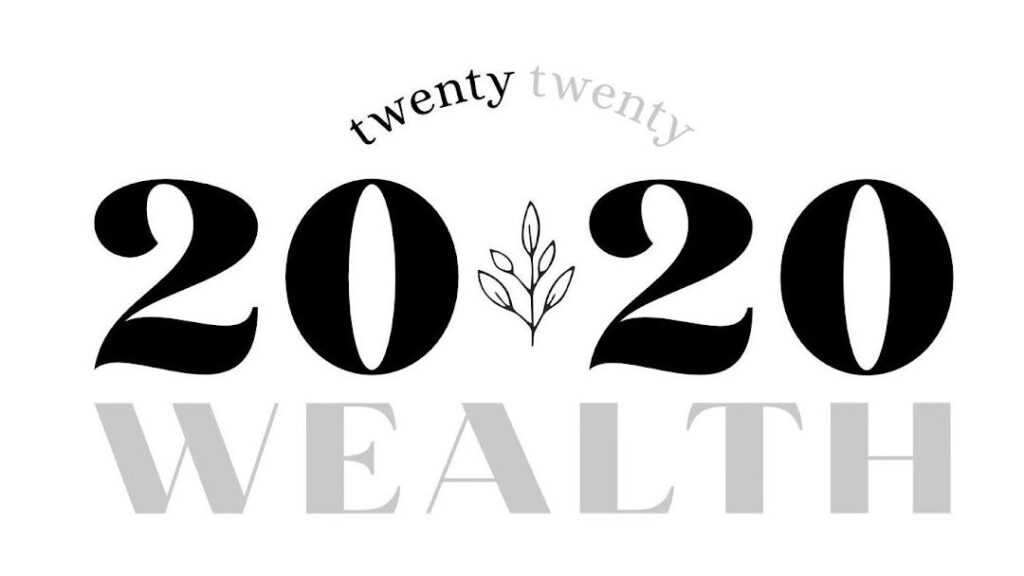While there has not officially been any death duties in Australia for decades, they definitely still exist, albeit under another name – superannuation death benefit taxes.
As superannuation assets and individual balances continue to grow, more and more Australian families will receive a rude shock after the death of a family member in the form of up to a 17% tax bill on a portion of the deceased superannuation benefits. In some rare cases, tax of 32% could be levied.
That is up to $160,000 on a superannuation balance of $500,000!
This is a direct tax payable on the taxable component of the superannuation balance. It is a tax that is normally inflicted on non dependents as defined by the Income Tax Assessment Act, usually adult children. Dependent beneficiaries, such as a spouse, would receive any superannuation balance tax-free.
This means that if the deceased’s superannuation balance contains a taxable component it could be passed on to any non-dependent beneficiaries. As a result, they will be liable to pay a tax of at least 15% – this is the superannuation death benefit tax. The tax-tree component on the other hand, as the name suggests, is paid tax-free to any non-dependent beneficiaries.
While the entire member balance may not be classified as taxable, chances are a large proportion is, as the taxable component consists primarily of concessional contributions which includes contributions made from employment.
Re-contribution strategy
This tax can be reduced with a re-contribution strategy, which involves withdrawing money from superannuation and depositing it back in as an after-tax, non-concessional contribution.
A re-contribution strategy may be used to gradually convert a member balance from taxable to tax free.
Due to superannuation legislation this strategy is only available for members who are over age 59; however it is particularly beneficial for anyone who is retired and under 75. For example, a retired individual aged 60 could withdraw a lump sum of $330,000 tax-free and recontribute the amount back into the fund immediately. This will reduce the taxable component and increase the tax-free component.
Other ways to avoid this tax
Aside from not dying and having an appropriate beneficiary nomination in place, a way to avoid this tax is to have nothing in superannuation at the time of death.
The timing of any withdrawal prior to death for this purpose is difficult, however it is a relatively simple strategy to understand. After age 65, or possibly before, a member is usually able to withdraw their superannuation tax-free and continue investing in their own name. The benefit is that upon death, the balance will no longer reside in superannuation and therefore be passed on tax-free regardless of the beneficiary’s dependent status. The disadvantage is the funds will no longer reside in the tax-effective superannuation system however the benefit of the tax-free threshold and the various tax offsets available to a senior may result in a similar tax structure.
Appropriate beneficiary nomination
Superannuation does not form part of the deceased estate upon death by default. Therefore an appropriate binding death benefit nomination is vital to ensure that not only the deceased member’s wishes are carried out but also to strategically reduce or eliminate the death benefit tax by nominating dependents.
What can you do?
Seek advice now! The potential tax liability could be large, additionally strategies to reduce this amount are extremely complicated and involved. Viability is determined by a number of factors including the member’s age, employment status and eligibility to contribute etc. Furthermore, it can take a number of years to implement. Only the advice of a professional superannuation adviser should be sought as an error can have significant ramifications.
Source: Bell Potter, ATO






